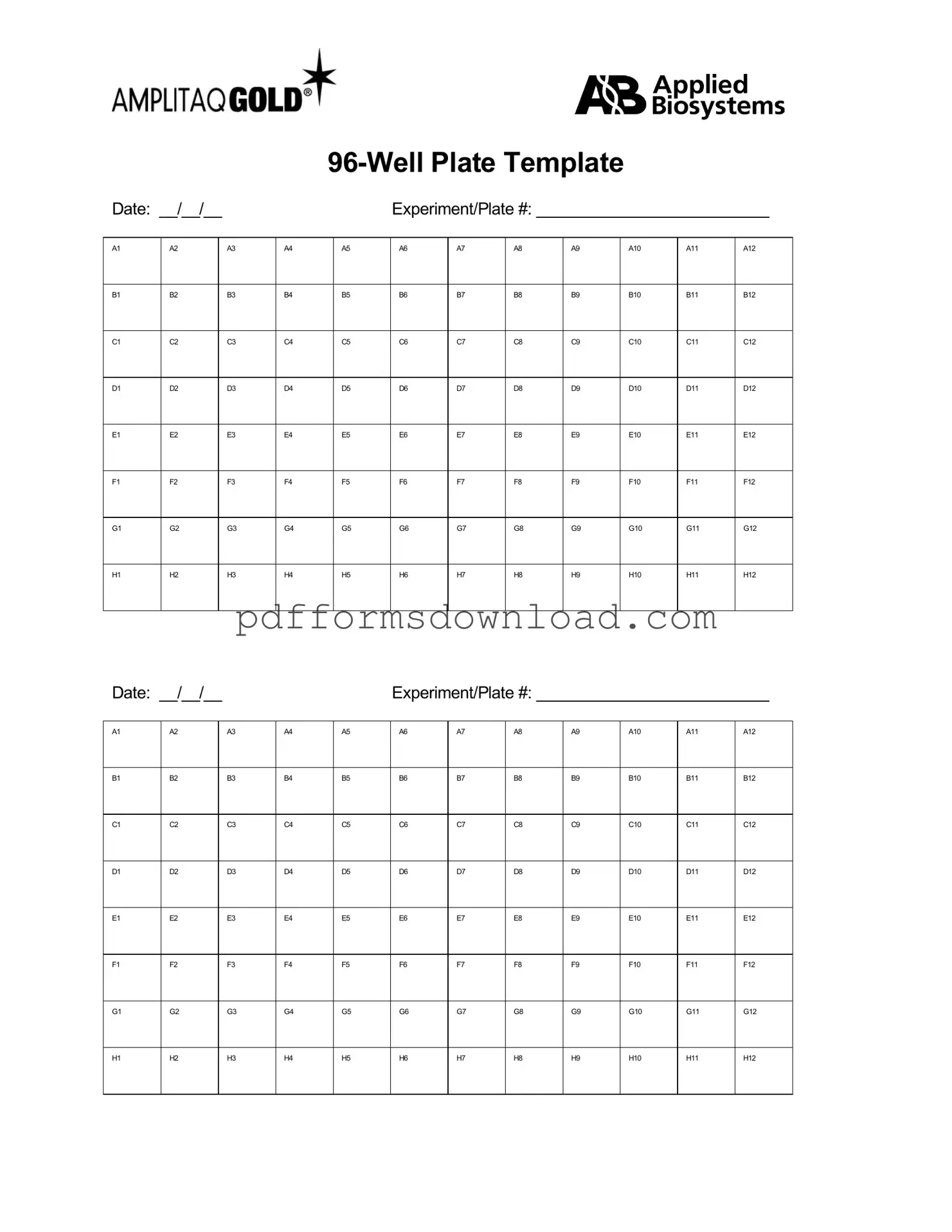What is the 96 Well form used for?
The 96 Well form is typically used in laboratory settings, particularly in biological and chemical research. It allows researchers to conduct multiple tests simultaneously, using a standardized format that accommodates 96 individual samples. This efficiency is crucial for experiments that require high throughput screening, such as drug discovery or genetic analysis.
How do I fill out the 96 Well form?
Filling out the 96 Well form involves entering specific data for each well. Start by identifying the samples and corresponding tests you plan to conduct. You will usually need to record information such as sample ID, test type, and any relevant parameters. Ensure that you follow the designated format to avoid confusion and errors during analysis.
Can I use the 96 Well form for different types of samples?
Yes, the 96 Well form is versatile and can accommodate various types of samples, including liquids, cells, and other biological materials. However, it’s important to ensure that the samples are compatible with the testing methods you plan to use. Always refer to specific guidelines related to your experiment for best results.
Is there a specific way to label the wells?
Labeling the wells correctly is essential for tracking and identifying samples. Typically, wells are labeled in a grid format, with columns labeled by letters (A-H) and rows by numbers (1-12). Make sure to maintain this format consistently throughout your experiment to prevent mix-ups and ensure accurate data collection.
What should I do if I make a mistake on the 96 Well form?
If you make a mistake, it’s important to correct it immediately to maintain data integrity. Depending on the guidelines you are following, you may need to cross out the error neatly and write the correct information next to it. Alternatively, you can create a new form if the mistake is significant. Always document any changes to maintain a clear record.
Where can I find a template for the 96 Well form?
Templates for the 96 Well form can often be found online through scientific supply companies or research institutions. Many laboratories also have their own standardized templates. If you’re part of an organization, check with your lab manager or colleagues for an approved version to ensure consistency in your data collection.
